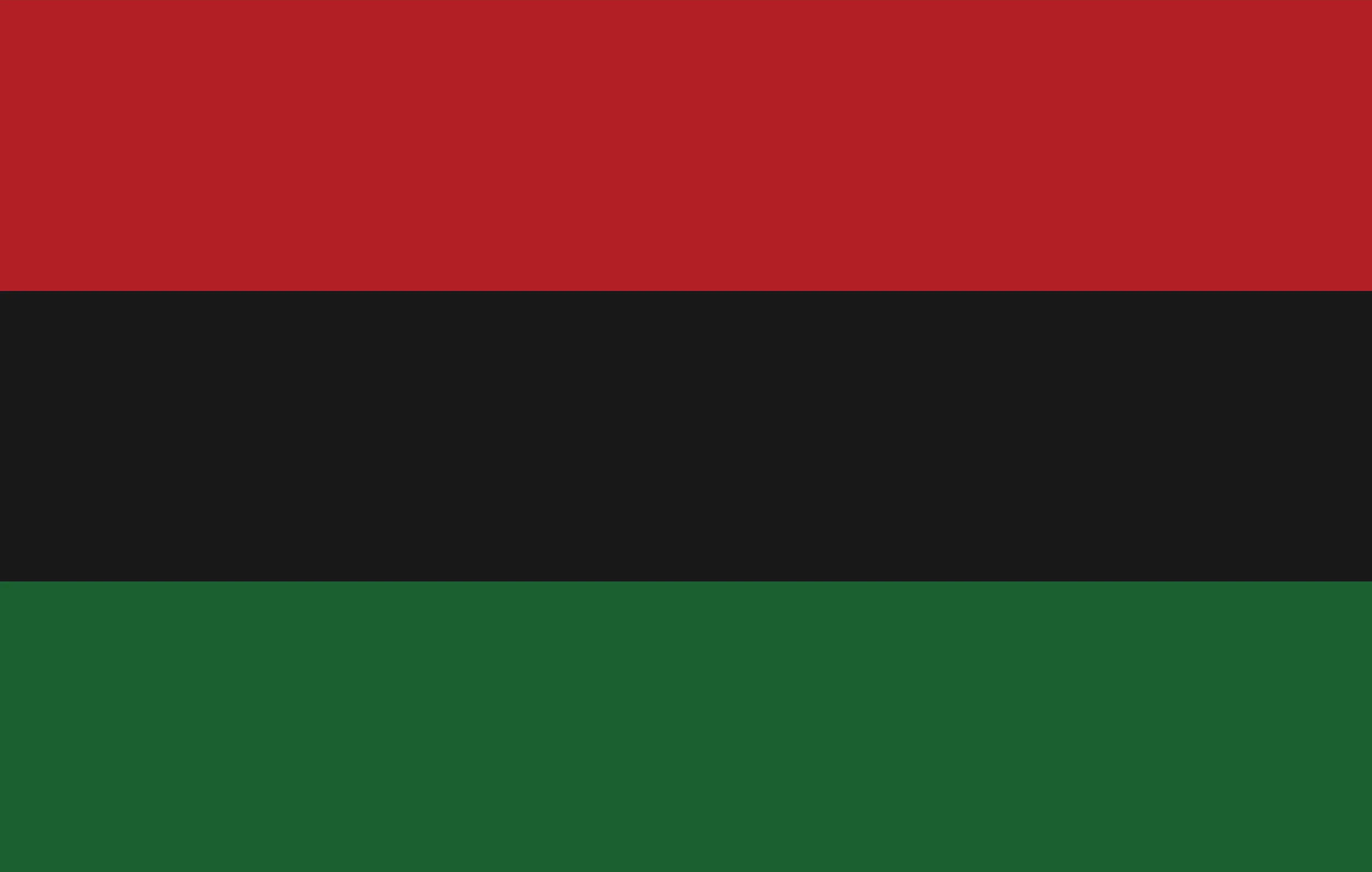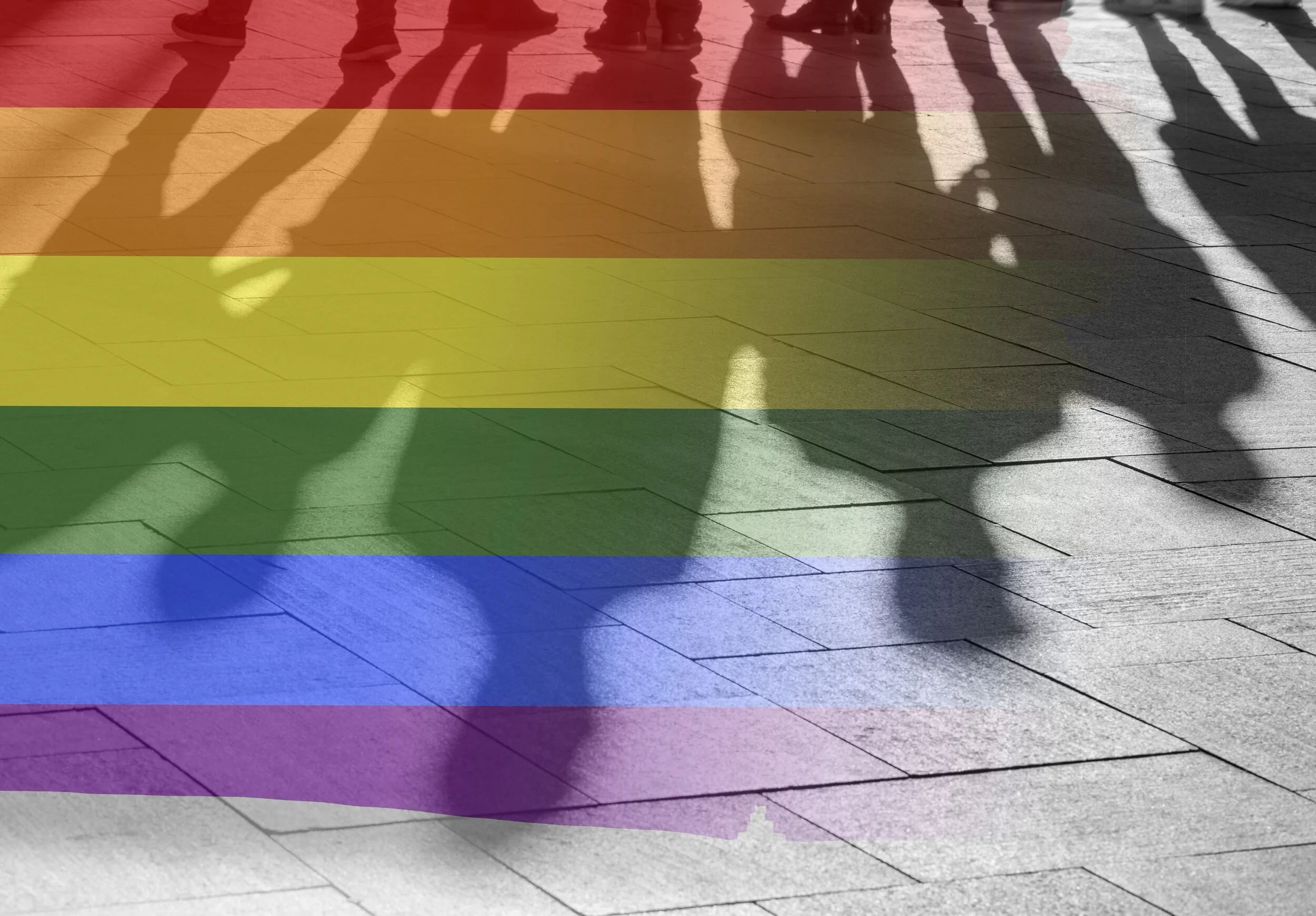Embarking on the journey of increasing diversity and fostering inclusion in the workplace can seem daunting. However, with a well-defined diversity, equity, and inclusion (DEI) strategy, we can establish a clear plan to execute our DEI vision. To fully ingrain DEI into our businesses, we must integrate our inclusion efforts into all aspects of the organization. Through this blog, I will share key internal and external ways to incorporate diversity into our businesses.
Here are some areas to look into as we put together a DEI Strategy for our organizations:
Internal communications: Ensure the leadership team communicates the company’s focus on DEI in its corporate values, mission statement, and other messaging within the organization.
Feedback channels: Implement ways for employees to share ideas for increasing DEI or to express concerns about discrimination and harassment in the workplace.
Employee Resource Groups (ERGs): Create ERGs to bring together employees with similar backgrounds, such as women, people of color, LGBTQ+, and emerging professionals. The most effective ERGs are inclusive and open to everyone – both members and allies.
Recruitment: Determine the most common barriers that affect recruiting historically marginalized groups and seek a diverse pool of candidates. Offering unconscious bias training to hiring managers supports diverse recruitment efforts.
Talent pipeline: Create a talent pipeline to develop diverse candidates for future leadership roles, and ensure underrepresented employees are included in mentorship programs.
Ongoing workshops: Provide ongoing workshops regarding DEI topics like unconscious bias, working across generations, and handling discrimination case studies.
Roundtable discussions: Plan monthly small group roundtable discussions with executive team members and a diverse group of employees to gain input on workplace culture in relation to inclusion.
Leadership Compensation: Include the focus on DEI in the leadership team’s performance evaluation and compensation plans.
In addition to making improvements within the organization, we can exhibit our DEI commitments externally:
External communications and branding: Share the company’s focus on DEI by stating the commitment on the website and through social media posts.
Community engagement: Encourage employees to volunteer with associations and universities serving historically underrepresented groups.
Putting together and implementing a DEI strategy can feel overwhelming since it needs to be integrated throughout all aspects of an organization. The best way to tackle this process is through a phased approach. We begin by identifying and implementing the low hanging fruits: initiatives that are easier to start implementing. What matters is creating momentum and gaining buy-in. That is when we are able to foster real long-term change in our workplace and surrounding communities.
Dima Ghawi is the founder of a global talent development company. Her mission is providing guidance to business executives to develop diversity, equity, and inclusion strategies and to implement a multi-year plan for advancing quality leaders from within their organization.
Through keynote speeches, training programs and executive coaching, Dima has empowered thousands of professionals across the globe to expand their leadership potential.

























